No Fear, No Die reimagined film noir for the present
Claire Denis’ moody, existentialist sophomore feature No Fear, No Die reimagined film noir for the suburbs of Paris, as the story of two black men who become involved in a cockfighting ring. The setting is Rungis, a tiny borough just outside Orly Airport, known for its wholesale produce market—a low-rent underworld of illegal bets, middle-aged white guys, and nightclubs that look like warehouses from the outside. No Fear, No Die is gritty and loose enough to sometimes pass for documentary, yet it’s put together with a novella’s sense of theme and progression, owing more to Herman Melville—whose Billy Budd, Sailor would later be adapted by Denis as Beau Travail—than to Jean-Pierre Melville, the master of French noir. It deals in toxic struggles within groups, but is mentally claustrophobic; its repetitions and use of limited color (especially black and red) suggest a stammer in the brain. A lot of it takes place in a windowless basement, an underworld within an underworld.
A bit about Denis: Though white and French, she was raised in Africa, in present-day Cameroon, Somalia, Djibouti, Côte D’Ivoire, Burkina Faso, and Senegal, the daughter of a colonial civil servant with strong pro-independence views. (Félix Houphouët-Boigny, the first president of Côte D’Ivoire, was a family friend.) Before she started writing and directing her own movies, she had a storied career as an assistant director and jack-of-all-trades; her name pops up in the credits of everything from Wings Of Desire to The Sacrifice. Apart from these two facts, which are inevitably read into all of her films, she is something of a mystery, about as private as a well-known filmmaker can get without being remotely reclusive. My anecdotal data suggests that she is the director most likely to show up at a film festival where she doesn’t have a movie playing; the interviews she gives tend be long and opinionated and full of personal stories that somehow still leave a lot of her biography blank.
A late bloomer, she was already her mid-40s when she made No Fear, No Die. It’s a transitional work: her first dive into pulp and genre (she’d go on to make movies about serial killers, organ trafficking, and vampires, however obliquely), and her first time working with Alex Descas, a gifted actor who has appeared in many of her films. Tindersticks, the cult English band who now score all of Denis’ features, didn’t exist yet; Agnès Godard, her celebrated cinematographer, hadn’t yet been promoted from camera operator. Easier to follow than Denis’ later films, No Fear, No Die is also overtly concerned with character, even if it expresses itself mostly through bodies and silences. Its clipped visual compositions sometimes bring to mind a jazzier Robert Bresson, whose own Pickpocket is more of a genre piece than its reputation lets on, with shades of John Cassavetes’ The Killing Of A Chinese Bookie, one of Denis’ go-to reference points during the filming.
But the movie’s poetry is unique to Denis. The camera, largely handheld, moves in murmurs and bobs. The voice-over narration is spoken by one character, Dah (Isaach De Bankolé), but is almost entirely about another: Jocelyn (Descas), a cryptic and tragic figure whose mental deterioration is partly the focus of the movie. (Both actors, longtime friends, are remarkable here.) The whole thing is one complicated set of not-quite-contradictions. It’s violent, but subtle, equal parts meticulously researched and allegorical. It should be noted that, while the classics of film noir—the hardboiled cinema of shadows and bad thoughts, invented by Americans, but named by the French—were often subversive, they shied away from issues of race. The only notable exception, the bleak 1959 heist film Odds Against Tomorrow, came so late that it qualifies less as an original example of the genre, than as one of the earliest re-workings of its themes. (It was one of the favorite movies of the aforementioned Jean-Pierre Melville.)








![Rob Reiner's son booked for murder amid homicide investigation [Updated]](https://img.pastemagazine.com/wp-content/avuploads/2025/12/15131025/MixCollage-15-Dec-2025-01-10-PM-9121.jpg)

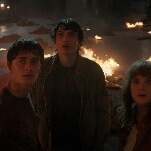

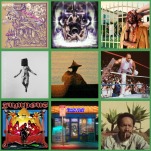


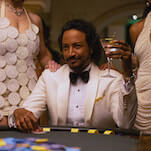
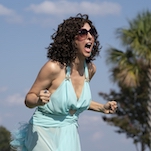
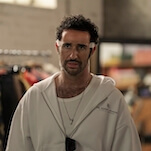
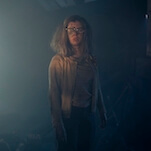
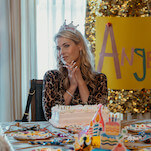
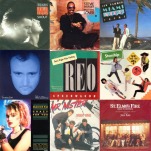
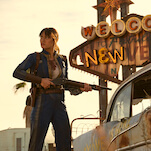
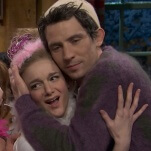

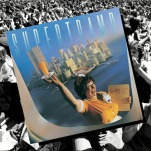







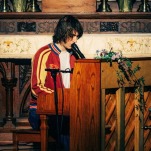

![HBO teases new Euphoria, Larry David, and much more in 2026 sizzle reel [Updated]](https://img.pastemagazine.com/wp-content/avuploads/2025/12/12100344/MixCollage-12-Dec-2025-09-56-AM-9137.jpg)





